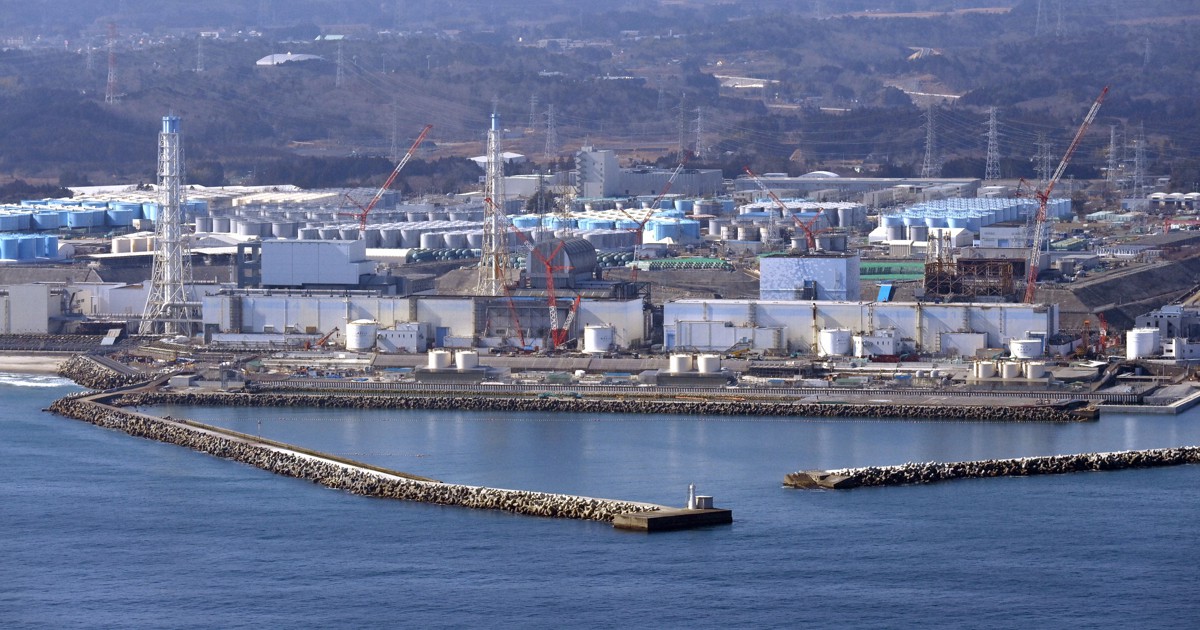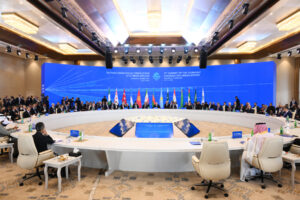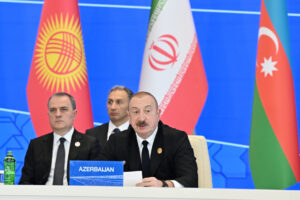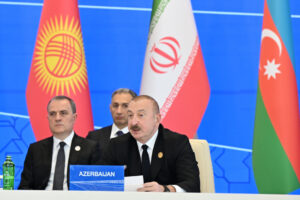Tokyo, 10 April, /AJMEDIA
The Japanese government will start phasing out from as early as fiscal 2023 medical insurance fee exemptions for evacuees affected by the Fukushima nuclear crisis, a move that will increase the financial burdens on such people.
The phase-out affects evacuees who are now able to return or have already returned to the areas of their former residency following the lifting of evacuation orders.
The government aims to completely end the exemptions of health and nursing care insurance fees about 10 years after the evacuation orders were lifted in principle, with the 10-year period calculated as starting from April in the year after the lifting.
Reconstruction minister Kosaburo Nishime said the phase-out specifically took into account when evacuation orders were lifted to “avoid sharply increasing the burden” on the evacuees.
As for the 10-year timeframe, Nishime told a press conference the government believes that by then, the former residents would have returned to their hometowns and made some progress in rebuilding their livelihoods.
As for steps for former residents of zones still designated as off-limits in the Fukushima towns of Okuma and Futaba, which host the Fukushima Daiichi plant crippled by the 2011 quake-tsunami disaster, the government will hold further discussions.
Many low-income evacuees due to the nuclear crisis in the northeastern Japan prefecture have so far been completely exempted from paying insurance fees as well as from a proportion of charges for the medical and nursing care services they receive.
As of late March, more than 32,000 people who evacuated after the nuclear disaster remain in other areas within Fukushima or outside the prefecture, according to government data.
The immediate target of the phase-out policy will be those who lived in areas where evacuations orders were lifted by 2014, such as the town of Hirono.
At first, the evacuees will be requested to shoulder half the amount of insurance fees before preferential treatment is scrapped completely in fiscal 2024.
Former residents of areas where the evacuation orders were lifted between 2015 and 2017 will see the phase-out policy begin in the period of fiscal 2024 to 2026, with the exemption ending entirely in two years.
The Fukushima Daiichi plant spewed a massive amount of radioactive materials after the tsunami triggered by a magnitude 9.0 earthquake flooded the facility, causing multiple meltdowns and hydrogen blasts at the complex and forcing some 160,000 people to flee at one point.









































